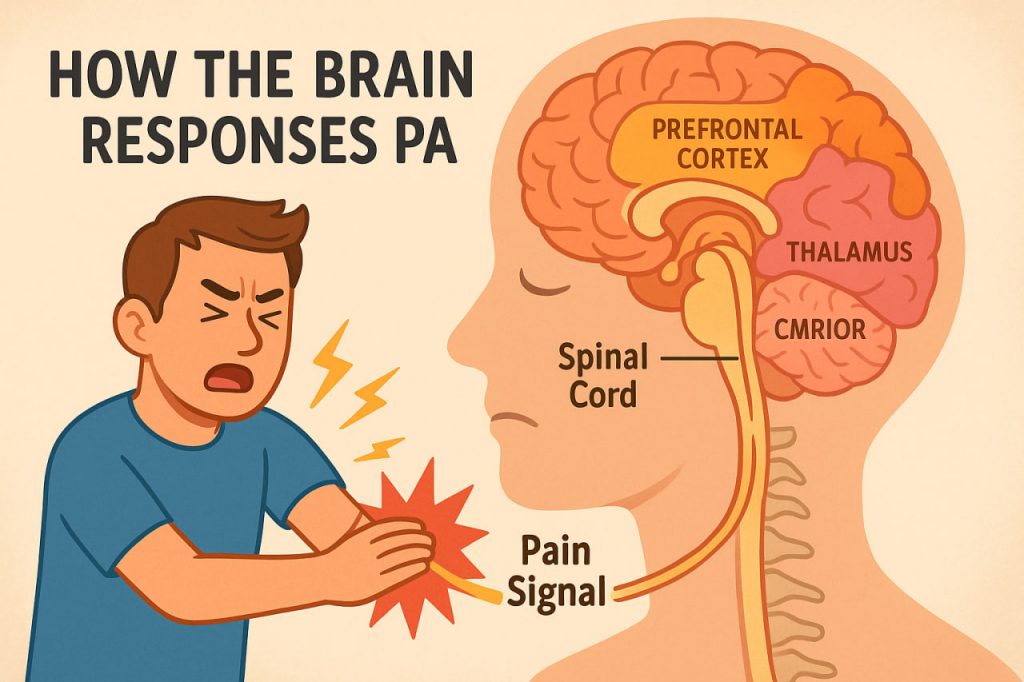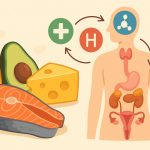Pain is not just a physical sensation—it is a complex interaction between body and mind. When you touch something sharp or burn your hand, pain seems immediate. But what you feel is actually the result of a rapid process involving nerves, the spinal cord, and most importantly, your brain. Understanding how the brain processes pain helps doctors develop better treatments and allows us to see how deeply pain is tied to both biology and psychology. Pain serves a protective function, warning the body of damage, but it can also become chronic, continuing even after the original injury has healed.
From Stimulus to Brain: The Pain Pathway
Pain begins when nociceptors, special sensory nerve endings, detect harmful stimuli such as heat, pressure, or chemicals. These receptors send electrical signals through peripheral nerves to the spinal cord. There, the information is either blocked or relayed to the thalamus, a brain structure that acts as a relay station. The thalamus then directs the signal to multiple areas of the brain, including the somatosensory cortex (which determines location and intensity), the limbic system (emotional response), and the prefrontal cortex (interpretation and decision-making). This entire process occurs in a fraction of a second.
Emotions and Memory: Why Pain Feels Worse Sometimes
Pain is influenced by more than just physical damage. The limbic system, which governs emotions, plays a significant role. If you are scared, stressed, or anxious, pain tends to feel stronger. Previous painful experiences stored in memory also affect current perception. That’s why people with post-traumatic stress or chronic pain disorders often suffer even in the absence of new injury. The brain may even become more sensitive over time, a condition known as central sensitization. This emotional and psychological layer makes pain highly individual and difficult to measure objectively.
How the Brain Can Block or Amplify Pain
Surprisingly, the brain can modulate pain signals. Through mechanisms like endorphin release, the body can dampen the pain response. Endorphins are natural chemicals that bind to the same receptors as morphine, reducing the intensity of pain. Practices like deep breathing, meditation, or even distraction can activate these pathways. On the other hand, attention, fear, or focus on the injury can amplify the pain signal. This is why pain management is not only about medication—it includes psychological techniques and even physical activity. The brain is not just a receiver but a key player in determining how pain is felt.
Glossary
- Pain – an unpleasant sensory and emotional experience associated with actual or potential tissue damage.
- Nociceptors – specialized nerve endings that detect pain stimuli.
- Spinal cord – the central pathway that transmits signals from the body to the brain.
- Thalamus – a brain region that relays sensory information to other parts of the brain.
- Endorphins – natural pain-relieving chemicals produced by the brain.
- Central sensitization – a condition where the nervous system becomes more sensitive to pain signals.


